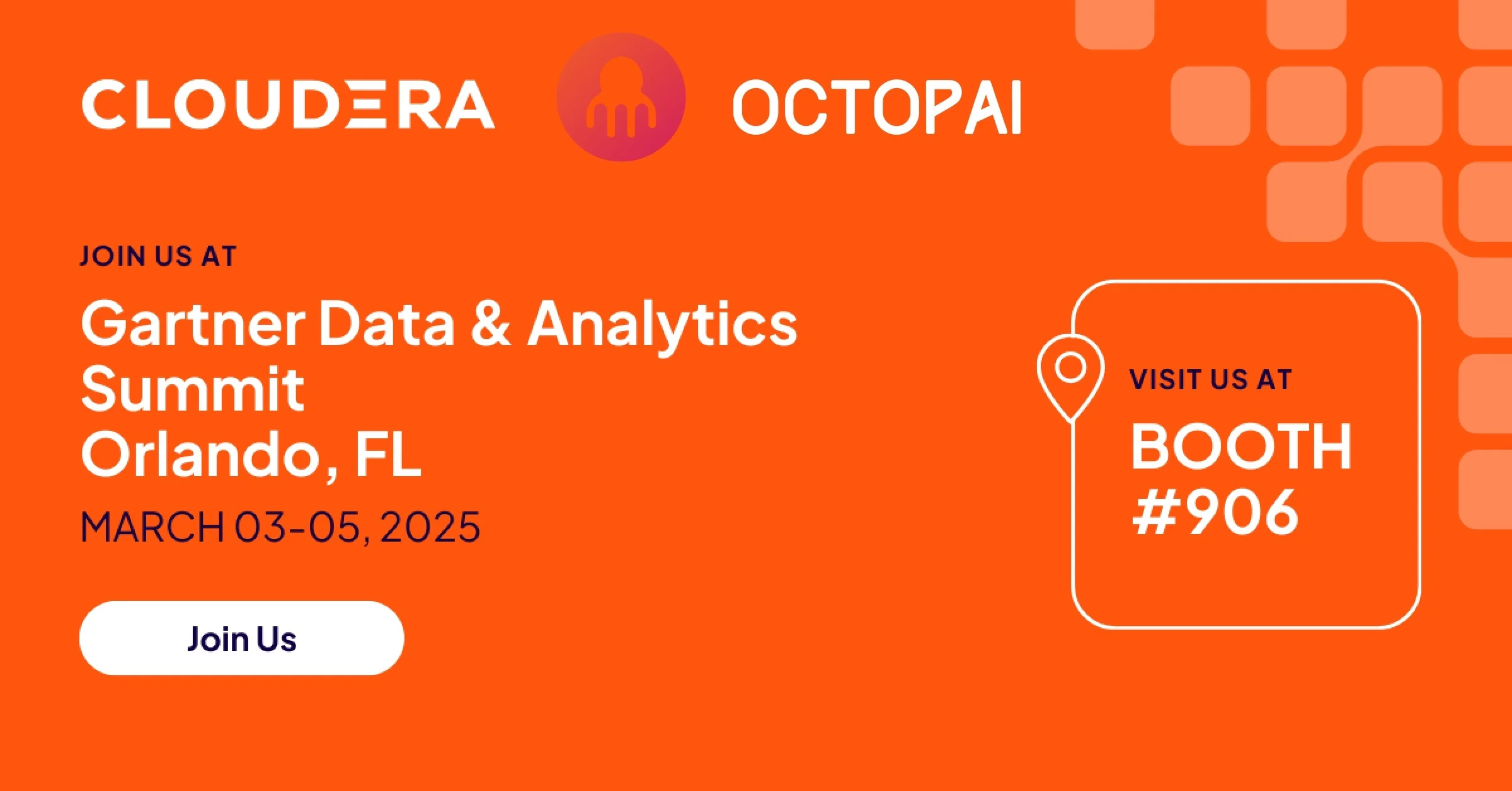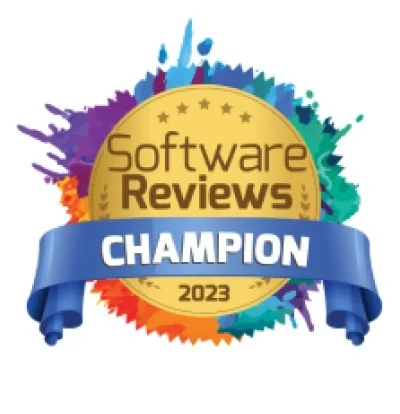Metadata has been defined as the who, what, where, when, why, and how of data.
Without the context given by metadata, data is just a bunch of numbers and letters. And unless you love numbers and letters for their own sake, that’s not all that valuable.
But going on a rampage to define, categorize, and otherwise metadata-ize your data doesn’t necessarily give you the key to the value in your data. A stockpile of metadata isn’t all that much more useful than a stockpile of data.
Metadata needs to be managed. And if you really want to get value out of your metadata management, you need to define the who, what, where, when, why, and how of that management program in advance.
You could call these “metadata management best practices” the metadata of a metadata management program.
We’re about to get so meta it’s going to make your head spin. Hold on tight!
Metadata Management is a Strategic Data Imperative
Learn what it can do for your BI & Analytics teams
Read the White Paper
WHY: Defining the Goal of Your Metadata Management Program
Okay, so why do you want to manage metadata in the first place? Do you have a clear answer as to why metadata management is important? What kind of value are you hoping to get out of your data?
There are a plethora of potential kinds of value you might aspire to get from your data. To name a few:
- To make more profitable business decisions
- To improve employee performance
- To avoid regulatory compliance issues
- To use resources wisely (and stop wasting them)
Which of the above is – or is a different one – the primary goal for you and your organization?
Having the big picture of WHY you are initiating an enterprise metadata management strategy will help you when it comes down to the…
WHAT: Defining the Uses of Your Metadata Management
What exactly are you going to do with the metadata? What functions will it power? Possible options include:
- Data search and discovery
- Data governance
- Data lineage
- Data catalog
Knowing what tangible products and processes you want to get out of your metadata will give you focus and enable you to check and confirm that your metadata management is actually creating value for your organization.
HOW: Defining the Standards for Your Metadata Management
If you write a potential runaway bestseller, the kind that major publishers snap up in an instant with million-dollar advances, you’ve got it made.
Unless, of course, you write it in Hanti – a Siberian language with less than 10,000 speakers.
What good is fascinating, valuable information if no one can understand or interact with it?
If you want your metadata to be able to interact with anyone else’s metadata – either now or in the future – you need to write it using a widely accepted and understood standard.
Using general metadata standards such as Dublin Core or industry-specific standards such as GS1 for supply-chain data guarantees that your metadata management program will be usable and valuable throughout your organization’s lifecycle, successfully standing up to events like mergers and acquisitions, as well as being able to take advantage of external datasets, resources, and partnerships.
WHO: Defining the People Involved in Your Metadata Management Program
We are still a ways from the day when metadata will manage itself all by its lonesome. Until AI has gotten to horror-movie-level intelligence, metadata management best practices will still need the input of data officers, data owners, data stewards, and subject matter experts (SMEs).
Who are those people in your organization? Get them on board and involved early in the process. Don’t just define and assign responsibilities; show them concrete ways that metadata management capabilities will help the organization in general and their job performance in particular.
WHERE: Defining the Environment for Your Metadata Management
The rate of change in the BI environment in the average organization surpasses the rate of global environmental change.
Legacy, on-premises, in the cloud, on the rings of Saturn… you name it, some organization can claim it as part of its BI environment.
And it doesn’t stop there. Hybrid environments are becoming commonplace, with constant switching, transferring, migrating, emigrating… ‘nuff said.
Before you start making concrete plans for metadata management, take stock of the environment in which it will be deployed. Take inventory of the different BI tools – from ETL to database to analytics to reporting – which make up your BI landscape. If you’re managing metadata, you want to be able to manage ALL your metadata, without gaps or holes.
Only with a complete map of your data environment in hand can you plan and implement a complete metadata management program.
WHEN: Defining the Timetable for Your Metadata Management Program
You DO want to be able to manage ALL your metadata, but you don’t have to manage it all perfectly (or even imperfectly) from the outset. The last stage critical for metadata best practices is defining the pace and order in which you’ll implement your metadata management program.
What data do you need metadata management on now? What can wait until a later stage?
What data is mission-critical to the company? Maybe you’ll initially implement the management program with the most important 20% of your data.
By when do you want the entire program to be implemented? What is your process for moving toward that goal? We’ve seen these three strategies as practically helpful for metadata management implementation:
- Make it a standard part of a new project to document its data assets in the data catalog or whatever central metadata management tools you are using.
- When closing change requests, update the metadata management solution for the specific asset that the change request addressed.
- Assign SMEs to data assets and make it their responsibility to update the metadata of those assets.
Make Your Data Work for You
You have a vision. You have a plan.
Time to go lasso, snare and corral that metadata.
Yee-haw!











